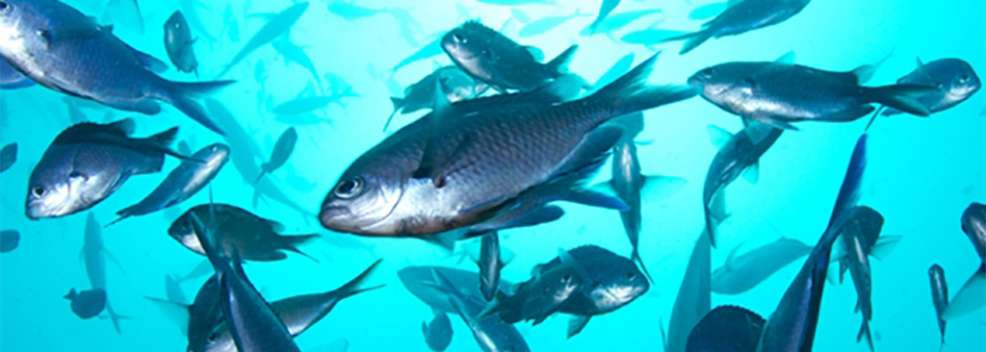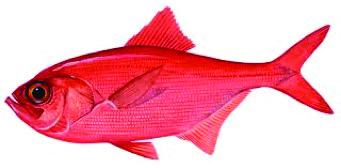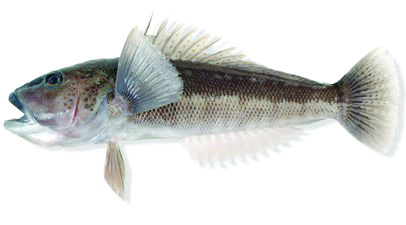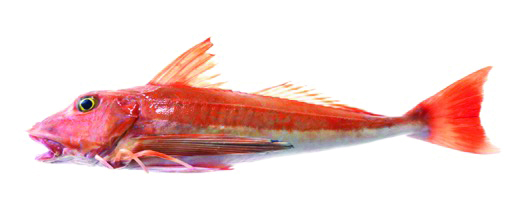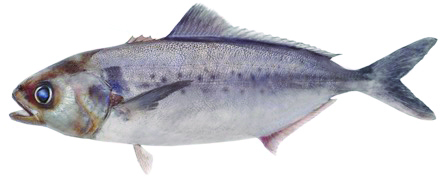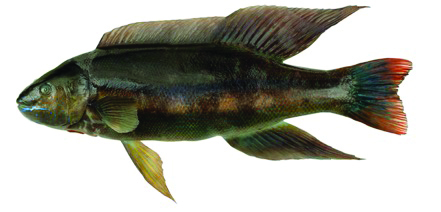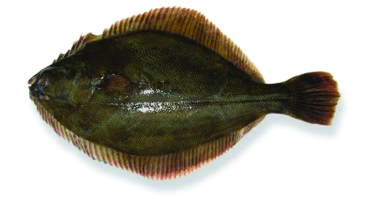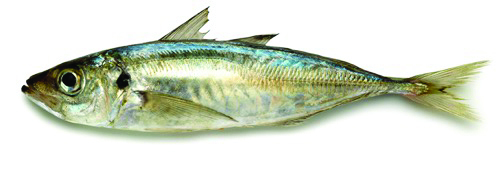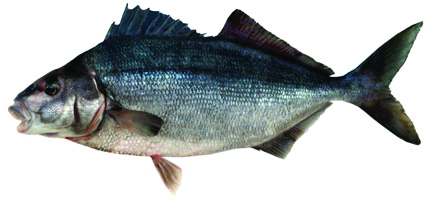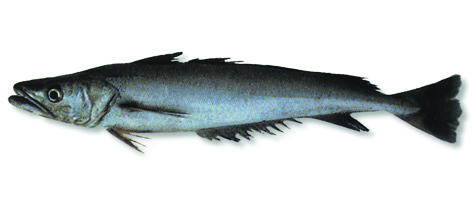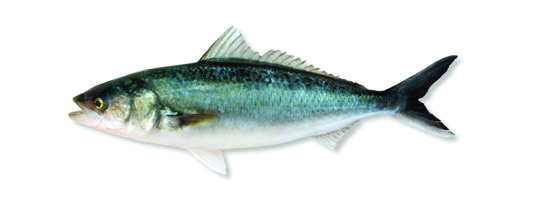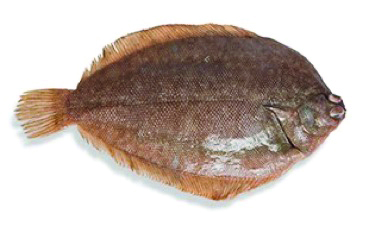|

Albacore Tuna: Delicious, pale meaty flesh that, at its best, is both sweet, clean and delicate. Medium oil content, with more Omega 3 than other tunas.
|

Alfonsino: White flesh with a firm texture and high oil content. Great replacement for Snapper. Perfect fish for sashimi or the Pacific dish of Ika Mata, marinated in coconut cream and lime juice.
|

Blue Cod (Rāwaru):
Medium-textured white flesh with a low oil content and is sweet-tasting. Gently flour fillets first, then pan-fry. One of the great fish for fish and chips. Steam whole fish and serve with an Asian dressing.
|
|

Red Gurnard (Pūwhaiau): Succulent, medium-textured flesh with a low oil content. Sauté with the skin on. Bake or crumb the fillets. The fillets are delicate, with a small, sweet white flake. One of the few fish I dust in flour before cooking in butter. Substitute for butterfish, blue cod or Tarakihi.
|

Blue Warehou (Warehou Kahurangi): Medium-textured flesh with relatively low oil content. Best cooked in wet dishes such as curries or stews but is also terrific crumbed or battered. Great replacement for Hapuka / Groper or Bluenose.
|

Butterfish (Mararī): Succulent flesh, medium-textured with a high iodine content. Clean, delicate flavour, translucent flesh, flakes easily and makes the best battered fish. Also known as Black Cod or Sablefish, it’s highly prized internationally.
|
|

Gemfish (Makataharaki): Delicate flesh with a high fat content that flakes easily. Terrific pan-fried. Suits Mediterranean ingredients. Smoked, it makes a splendid kedgeree.
|

Hoki (Hoki): Delicate and succulent, flakes easily. Should we call it ‘Blue Grenadier’ to differentiate it from fish fingers? Try it with a herb crust, or Cajun spices.
|

Yellowbelly Flounder (Pātiki): Succulent, delicate flesh with a low oil content. Perfect roasted whole or barbecued. Dust the fillets in a light coating of flour and pan-fry. Cook whole and serve with a lemon, parsley and caper butter.
|
|

Jack Mackeral (Hautere): Soft, flaky and succulent flesh with a high oil content. The dark flesh lightens up on cooking. Excellent preserved in oil. Bake, barbecue, grill or smoke. Serve with a summer salad of tomatoes and basil. Substitutions are Trevally, Kahawai or Kingfish.
|

Blue Moki (Moke); Well-textured, pink-fleshed fish with plenty of fatty content around the skin. Superb in seafood chowder or in a curry. Cook with the skin on – the fat layer melts and naturally bastes the fish as
it cooks.
|

Hake (Kehe): Soft, delicate flesh, large fillets with a subtle flavour. Marinate, poach, bake. Wonderful in a chowder. Most species can be replaced by Hake.
|
|

Kahawai (Kahawai): Dark, medium-textured flesh that lightens on cooking. Suited to smoking or serving raw. An underrated fish, ideally pan-fried, as sashimi or as a ceviche. Substitutions are Trevally, Jack Mackerel, Sardines or Kingfish.
|

Lemon Sole (Raututu/Pātaki Rori): Delicate white flesh, low oil content, almost sweet tasting. Grill whole with lemon and fresh herbs. Substitute Turbot, Flounder or Brill.
|

Ling (Hokarari): Very firm
with very white flesh that
holds its shape well on cooking.
You want to make a seafood stew? This is your fish. One of the most versatile fish available. Substitute Hake, Gemfish or Hoki.
|
